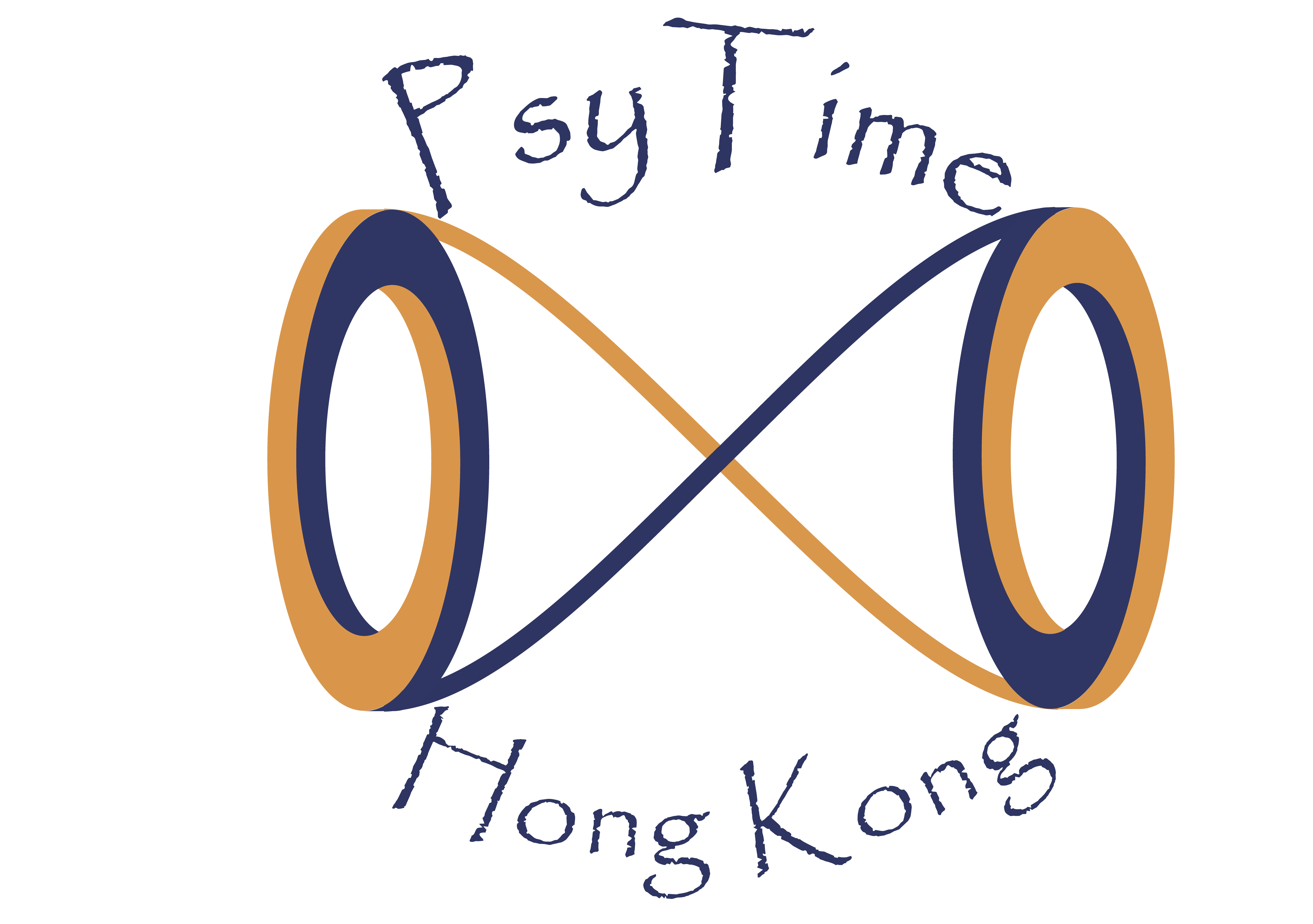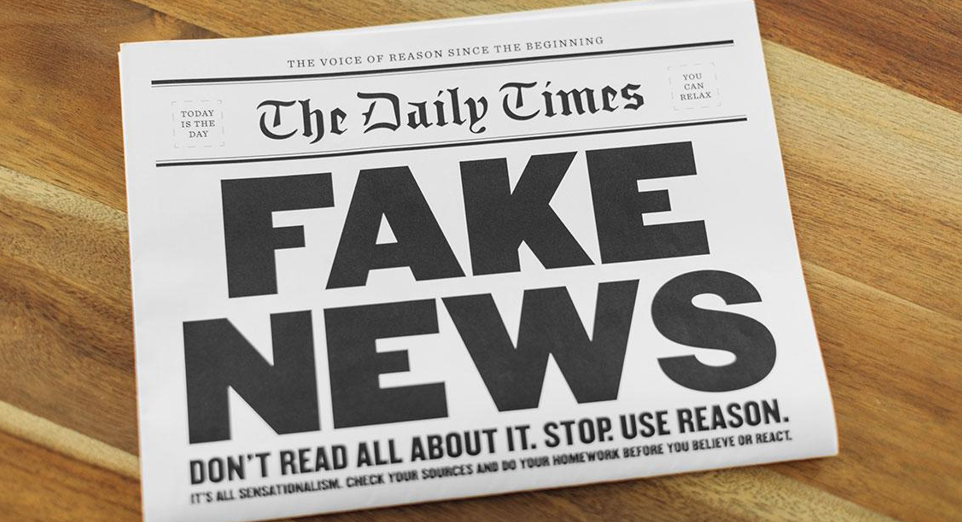The definition of fake news
Fake news can be perceived as information that is made by someone to imitate accredited news content. This kind of news has not been proven to be accurate and has a probability of being fake. The reasons for the formation of fake news can be explained by two types of information disorders, disinformation and misinformation. Disinformation refers to false information that is deliberately spread by people to purposely produce harm. Contrasting to it, misinformation refers to fallacious information that is spread by people without bad intentions.
For instance, during the most severe period of the pandemic COVID-19 in Hong Kong, there was fake news claiming that the government planned to lock down the city in order to combat the pandemic. This claim went viral and was forwarded many times on different social media platforms. While most Hong Kong citizens were discussing, reminding others about this issue, and worrying about the impact of the policy, the government ended up clarifying that the decision did not exist and the news was fake. This example highlights that misinformation can result when people don’t understand the truth and spread false information with the intention to be helpful.
Reasons why people are easily trapped by fake news
From the published data of different research, we know that humans are bad at detecting fake news. So, why are people easily fooled by fake news? Three factors have been elaborated on below:
Confirmation bias can be identified as one of the contributing factors. It is the tendency of an individual to seek and interpret information in a biased way so as to utilize it as evidence to support one’s perspectives and hypotheses. So, when people with confirmation bias read news that aligns with their beliefs, most tend to believe it and use it to prove the correctness of their understanding instead of critically and objectively analyzing the credibility of the content first. Therefore, people who hold a confirmation bias easily fall into the trap of fake news when reading news.
False news that provokes the emotions of fear, anger, and shock can also trick people easily. The main reason is people usually lose their rationality temporarily when experiencing strong emotions. Thus, individuals easily believe fake news when such emotions are induced by the content, causing them to lose the ability to distinguish between false information and trustful content. This explains why people sometimes consider some impossible fake news related to shocking crimes as the truth.
Moreover, the source of the news also plays an important role. Some individuals may use the source as an indicator to distinguish the credibility of the news. Whether the news is true or not, they tend to believe it just because they assume the source of it is trustworthy. Lack of fact-checking, people can eventually be misled by false information.
Serious problems arise along with fake news
Fake news can adversely affect society by being spread on a large scale. As people usually share the news which they believe is the reality, false news can then be spread quickly once it is shared with others on social media platforms. The widespread sharing of fake news can lead to serious consequences, including the mislead of the public. Referring to the mentioned example, the spread of fake news during the pandemic that Hong Kong would be locked down conveyed the emotion of fear and worry of the public at that time. As people were afraid that their daily activities would be limited once the policy was implemented, daily products were nearly sold out in most of the supermarkets and shops. Panic was aroused in every corner of the city. This example indicates the unpleasant effects that fake news can bring to society.
Ways to combat fake news
Fake news is easy to generate but hard to monitor, leading to thousands of fake news coming into sight on different platforms each year. We can’t prevent the generation of fake news but we can help slow down the spread of it and prevent being misled. There are several ways to help us distinguish fake news when we receive new information. Here are two of the methods:
- Critical thinking and fact-checking
When we first encounter new information, rather than simply read it and accept it, we need to critically judge the content. It can be performed by asking ourselves several questions: Have we performed a fact check when we received the incoming information? Is it really the truth? Am I believing it just because the source of it seems reliable? By doing self-reflection, we can remind ourselves to always fact-check and analyze the content critically to avoid mindlessly accepting false news.
- Identify reliable information sources
We can mitigate the risk of being misled by fake news by watching news released only from relatively reliable sources. For example, government departments usually provide trustworthy information. We can choose to rely on the news that is released from them instead of some unknown sources.
In conclusion, fake news is a by-product of the rapid development of social media platforms. The spreading of it can eventually lead to significantly negative consequences in society. Therefore, fact-checking and reading news from reliable sources must be carried out to ensure the information we receive is credible and truthful. Most importantly, it can prevent us from being misled by someone with bad intentions who aims to produce harm through fake news.
References
Australian Government. (2020). How to spot fake news online [Stock image]. Be connected. https://beconnected.esafety.gov.au/topic-library/articles-and-tips/how-to-spot-fake-news
Charness, G., & Dave, C. (2017). Confirmation bias with motivated beliefs. Games and Economic Behavior, 104, 1-23. https://www.sciencedirect.com/science/article/pii/S0899825617300416
Lazer, D. M., Baum, M. A., Benkler, Y., Berinsky, A. J., Greenhill, K. M., Menczer, F., … & Zittrain, J. L. (2018). The science of fake news. Science, 359(6380), 1094-1096. DOI:10.1126/science.aao2998
Nyilasy, G.(2020). Fake news in the age of COVID-19. Pursuit.
https://pursuit.unimelb.edu.au/articles/fake-news-in-the-age-of-covid-19
Pennycook, G., & Rand, D. G. (2021). The psychology of fake news. Trends in cognitive sciences, 25(5), 388-402. https://www.cell.com/trends/cognitive-sciences/fulltext/S1364-6613(21)00051-6?rss=yes&fbclid=IwAR2-SBHPbK-NV-ShyhlJOeermbdp4njIMOhqT59XuQNn1f58qG-GpZtwpso
The Standard. (2022, Jan 3). Lock down of Hong Kong dismissed as fake news.
https://www.thestandard.com.hk/breaking-news/section/4/185432/Lock-down-of-Hong-Kong-dismissed-as-fake-news
Vosoughi, S., Roy, D., & Aral, S. (2018). The spread of true and false news online. Science, 359(6380), 1146-1151. https://www.science.org/doi/full/10.1126/science.aap9559
Wardle, C. (2018). Information disorder: The essential glossary. Harvard, MA: Shorenstein Center on Media, Politics, and Public Policy, Harvard Kennedy School. https://www.globacademy.org/wp-content/uploads/2023/03/infoDisorder_glossary.pdf




